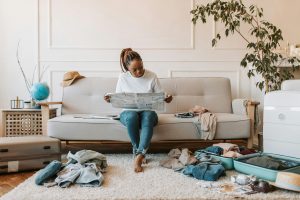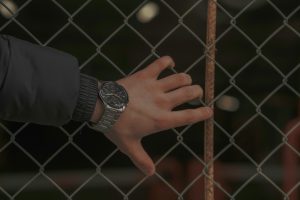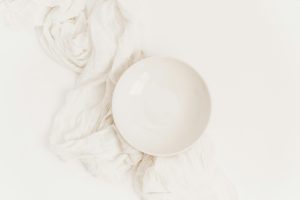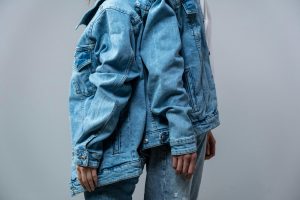Chromatic Expressions: Color Psychology in Personal Fashion
When it comes to personal fashion, there is more than just style and trends to consider. The colors we choose to wear can have a powerful impact on how we are perceived by others, as well as how we feel about ourselves. This is where color psychology comes into play. In this article, we will explore the concept of chromatic expressions and how color can be used to enhance and express our personal fashion choices. From the theory behind color psychology to practical tips on how to incorporate it into your wardrobe, get ready to add a whole new dimension to your fashion game.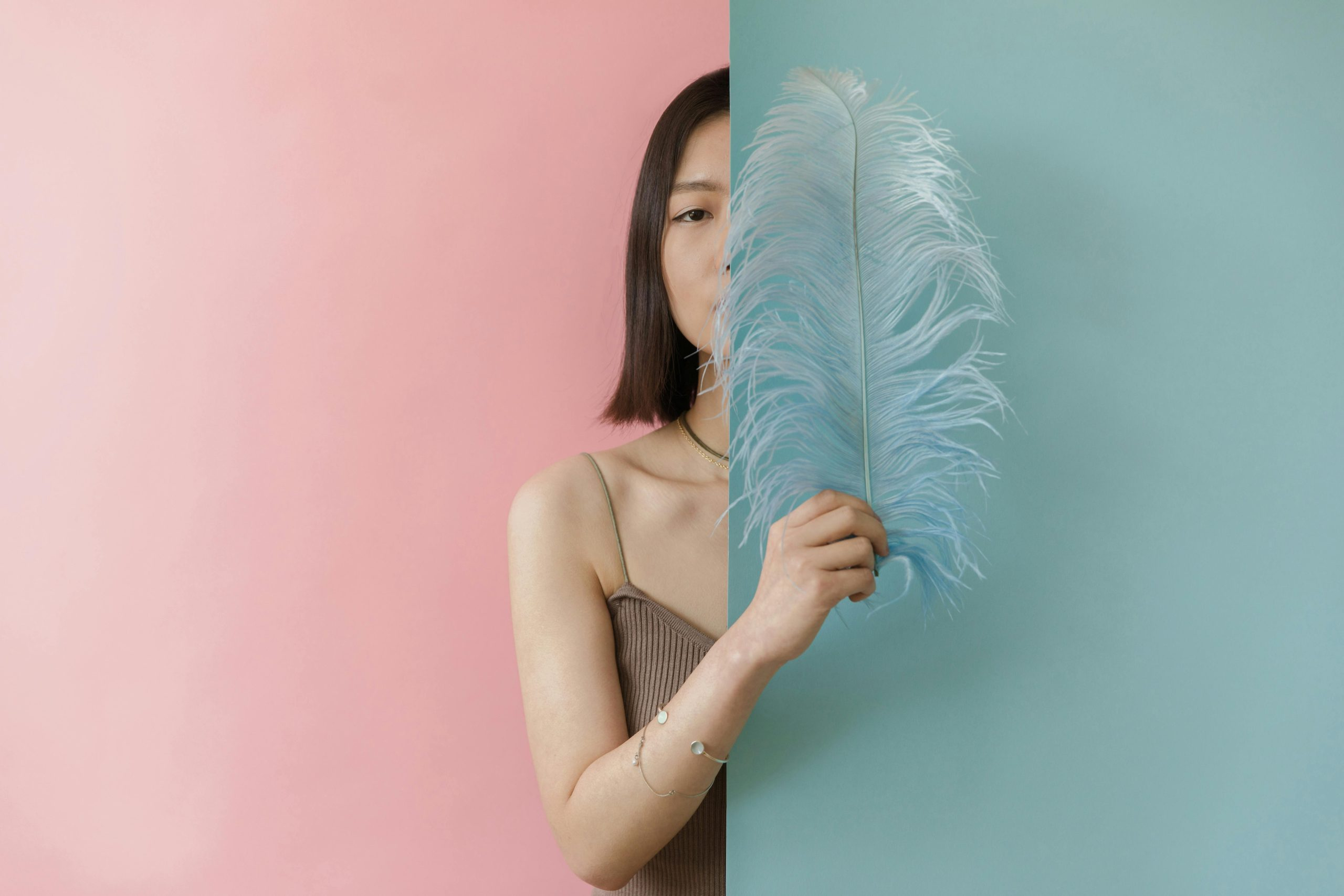
The Theory of Color Psychology
To understand how color can influence our fashion choices, it’s important to first understand the theory of color psychology. This field studies the impact of colors on human behavior and emotions. It suggests that colors have unique meanings and can evoke specific reactions in individuals. For example, red is often associated with passion, energy, and intensity, while blue is linked to calmness, trust, and reliability.
So how does this relate to personal fashion? The colors we wear can communicate certain messages and elicit certain responses from those around us. The clothes we choose to wear act as a form of self-expression, and color plays a significant role in this expression.
The Power of Color in Personal Fashion
The colors we wear are not only a means of self-expression but also have the power to influence our mood and emotions. It’s no secret that certain colors can make us feel and act differently. For example, wearing bright and bold colors can make us feel more confident and outgoing, while wearing softer and muted tones can have a calming effect on us.
When choosing colors for your personal fashion, it’s important to consider the message you want to convey. Are you looking to make a statement? Or do you want to exude a sense of tranquility? Different colors can help you achieve different moods and vibes.
The Impact of Warm and Cool Colors
Warm and cool colors are often used in personal fashion to evoke certain emotions. Warm colors, such as red, orange, and yellow, are considered energetic and attention-grabbing. They have the power to stimulate and excite, making them the perfect choice for a bold and confident look. On the other hand, cool colors, such as blue, green, and purple, are associated with calmness and serenity. They can add a sense of balance and peace to your outfit.
A great way to incorporate warm and cool colors into your personal fashion is by using them in contrast. For example, pairing a bold red top with a calming blue skirt can create a balanced and eye-catching outfit.
Color Combinations and Personal Style
Color combinations are another important aspect of color psychology in personal fashion. Different color combinations can have vastly different effects, and it’s important to choose them carefully to achieve the desired look and feel.
Monochromatic looks, where one color is used in different shades, can create a harmonious and sophisticated outfit. This is a great option for those looking for a more polished and put-together look.
On the other hand, complementary colors, which are opposite each other on the color wheel, can create a bold and attention-grabbing look. This can be achieved by pairing a warm color with a cool color, such as red and green, or blue and orange.
Putting Color Psychology into Practice
Now that we understand the theory behind color psychology and its impact on personal fashion, it’s time to put it into practice. Here are a few tips to help you incorporate color psychology into your wardrobe:
Know Your Personal Color Palette
Just like each person has their own unique sense of style, they also have their own personal color palette that looks best on them. Knowing which colors complement your skin tone and bring out your features is key in creating a cohesive and flattering personal fashion style.
Experiment with Different Colors
While sticking to your personal color palette is important, don’t be afraid to step out of your comfort zone and experiment with different colors. You never know which color might surprise you and add a new element to your fashion game.
Consider the Occasion
The occasion also plays a role in choosing the right colors for your outfit. A job interview may call for more muted and professional colors, while a night out with friends can warrant a more bold and playful color choice.
In Conclusion
Chromatic expressions and color psychology are important factors to consider when it comes to personal fashion. The colors we wear have the power to influence our emotions and convey a certain message to those around us. By understanding the theory behind color psychology and experimenting with different colors, we can elevate our personal style and make a statement with our fashion choices. So next time you’re putting together an outfit, remember to think about the colors and the impact they have on your personal fashion.


